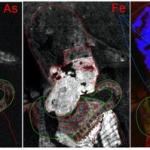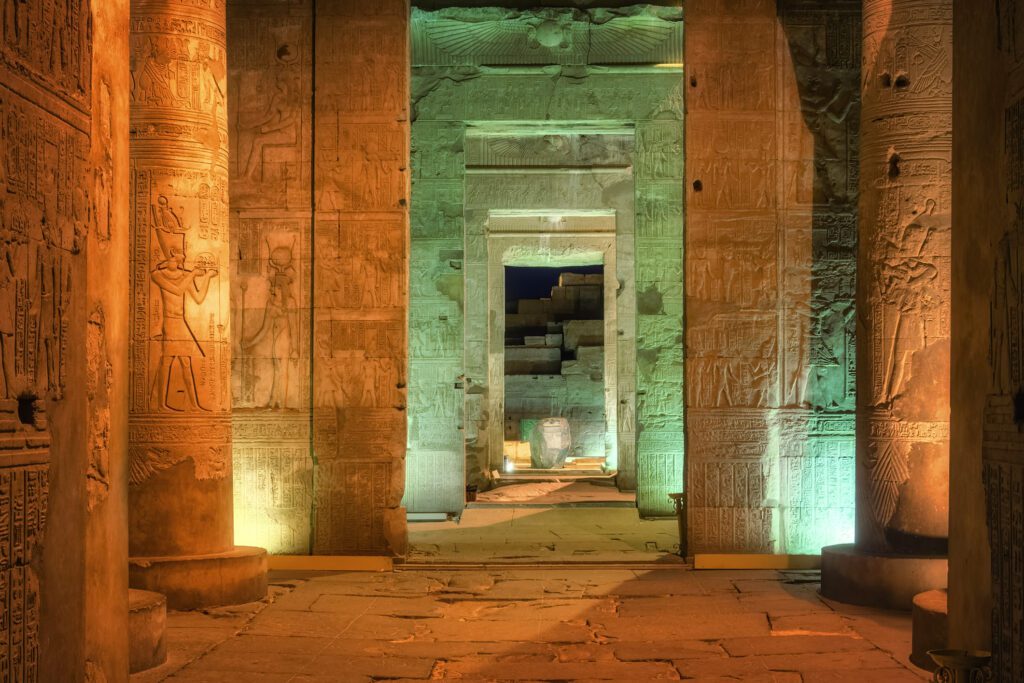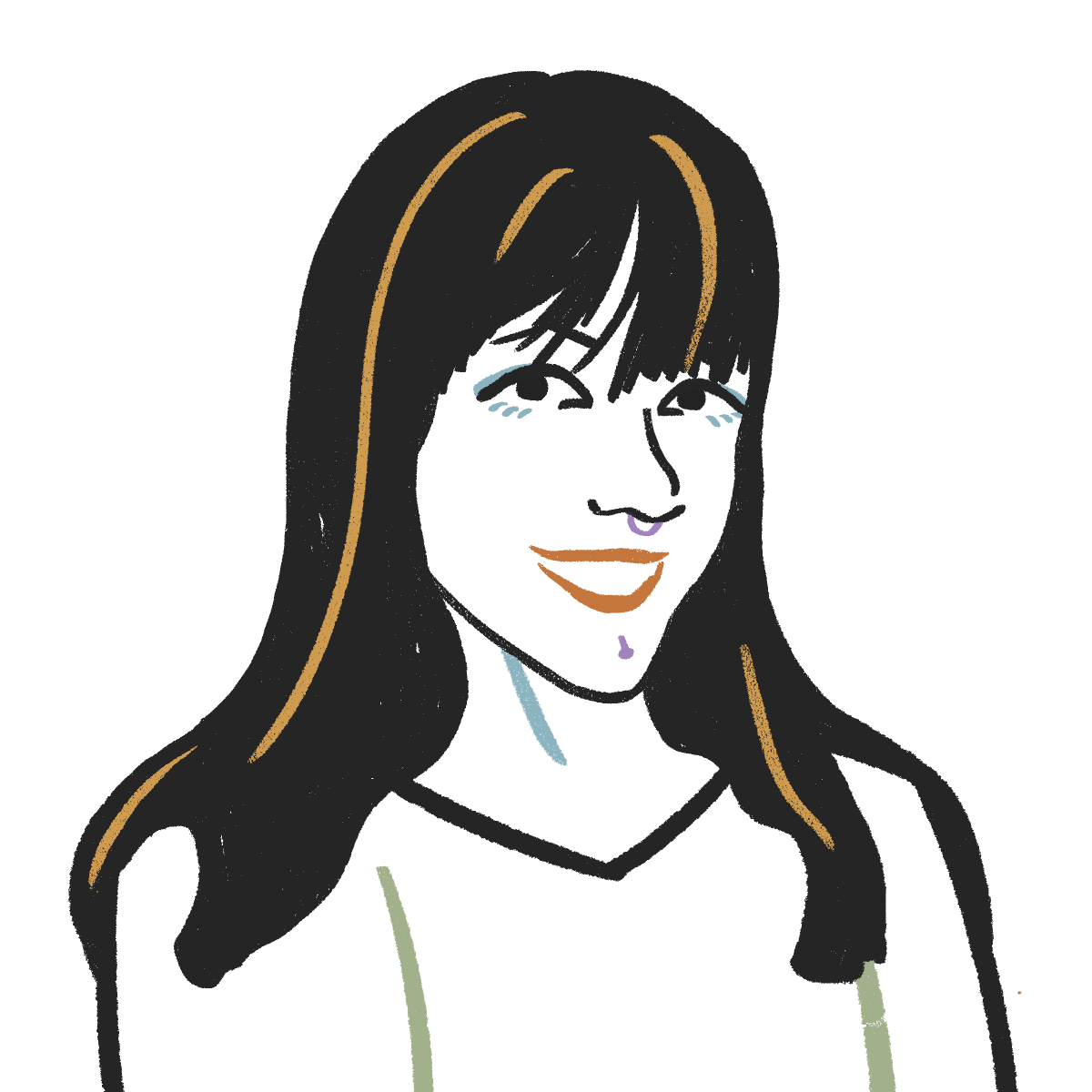Archaeological secrets from thousands of years ago in northeast Africa have been unearthed thanks to modern-day scientific innovations. A process known as chemical imaging recently revealed “hidden mysteries” about ancient Egyptian paintings located in tomb chapels close to the Nile River — and portable devices made it possible to analyze the 3,000-year-old art on-site in its original locations.
As announced in the peer-reviewed publication PLOS One on July 12, the portable devices enabled Philippe Martinez of France’s Sorbonne University, along with a team of international colleagues, to visit the tombs and analyze the paintings dating back to the Ramesside Period, which lasted from approximately 1295 B.C. to 1070 B.C. They were located in tomb chapels in the Theban Necropolis, located just west of the Nile, per a press release.
Thanks to the chemical imaging technology, the team gathered detailed information on the paintings, including paint composition and layering, and alterations that had been made to the pictures over time.

A technology called macro X-ray fluorescence imaging has developed in recent years, making it possible for scientists and art historians to distinguish paint colors and traced lines beneath the surface of artworks. Each paint color has a distinct chemical composition, according to Science. By examining the artworks with X-rays and measuring how they’re absorbed, the pigments at the surface as well as below can be fingerprinted. This process uncovers mistakes that have been painted over, and reveals how drafts of famous works of art evolved with each layer.
In a portrait of Ramesses II, from the tomb of a cleric named Nakhtamun, a number of objects in the painting were altered, including a crown, scepter, and a necklace, according to Smithsonian Magazine. While an earlier version portrayed the pharaoh wearing a necklace called a shebyu collar, it was later replaced with a different style called a wesekh. The researchers stated that shebyu collars are “unknown or not very common on the royal images of Ramesses II,” and the artists may have made the change after realizing their error — although this theory has inspired some debate among art historians.

Author and historian Peter Brand, from the University of Memphis, told Live Science that his own research has indicated that shebyu collars were worn late in Ramesses II’s reign.
A second altered painting was found in the tomb of an official called Menna, whose arm placement was changed. While this change has been known since the painting was discovered in 1888, “the new imaging provides a more comprehensive understanding of the transformation,” Smithsonian reports.

Egyptologist Thomas Christiansen revealed in an interview with Science that the details surrounding the alterations can provide insights into how projects may have been executed. Christiansen speculated that a master artist may have been directing apprentices, which could have involved making corrections as the painting progressed.
Alterations to these types of paintings have usually been considered a “rare” occurrence, but the findings have inspired the research team to investigate further.
RELATED: Hidden Self-Portrait of Vincent Van Gogh Discovered Behind Painting
“These discoveries clearly call for a systematized and closer inspection of these painted surfaces using physicochemical characterization,” the study authors wrote. “From a methodological perspective we have shown that the use of MA-XRF is not limited to experiments in laboratories and museums, but is also possible and highly rewarding in the field.”
At present, specific reasoning and timing pertaining to the alterations remain a mystery, but the glimpse into the process of ancient Egyptian artists is already proving to be a rewarding experience for historians and art lovers the world over.












